Much thanks to our developer Ivan Mahonin, the new development version of Synfig Studio is available for download! This update includes a number platform-specific fixes:
- Fixed rendering of text with international characters on Windows (issue #379).
- Fixed “FFmpeg not found” error in Linux AppImages (issue #332).
- JACK support is now available for Linux AppImages (issue #395).
- Fixed compilation issues with GCC 7.1.0 (issue #396).
For your reference: versions marked as 1.3.x represent current development version with all latest features and fixes; stable version marked as 1.2.x.
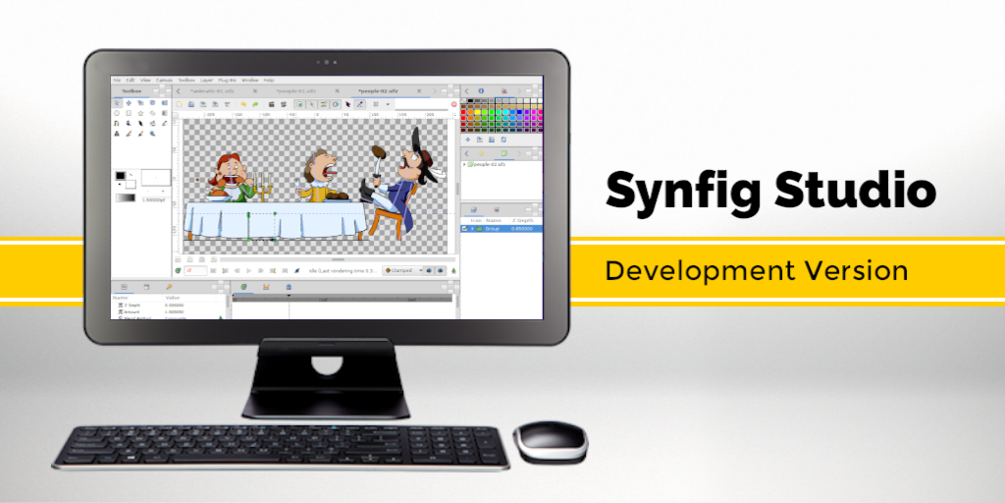
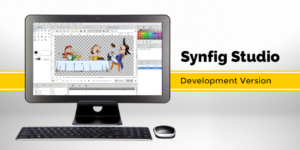
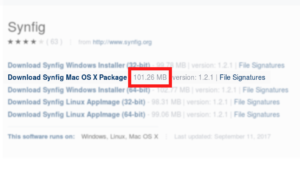
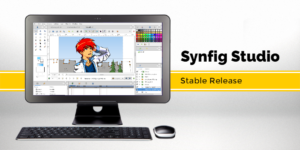
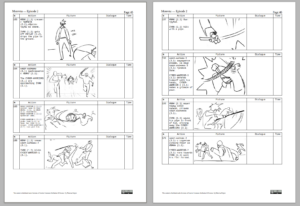
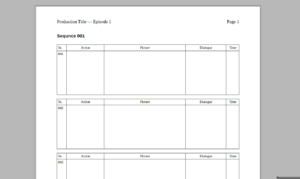
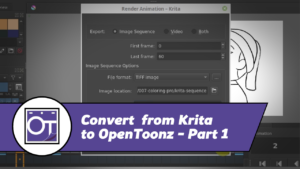
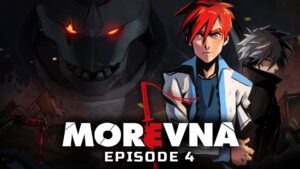
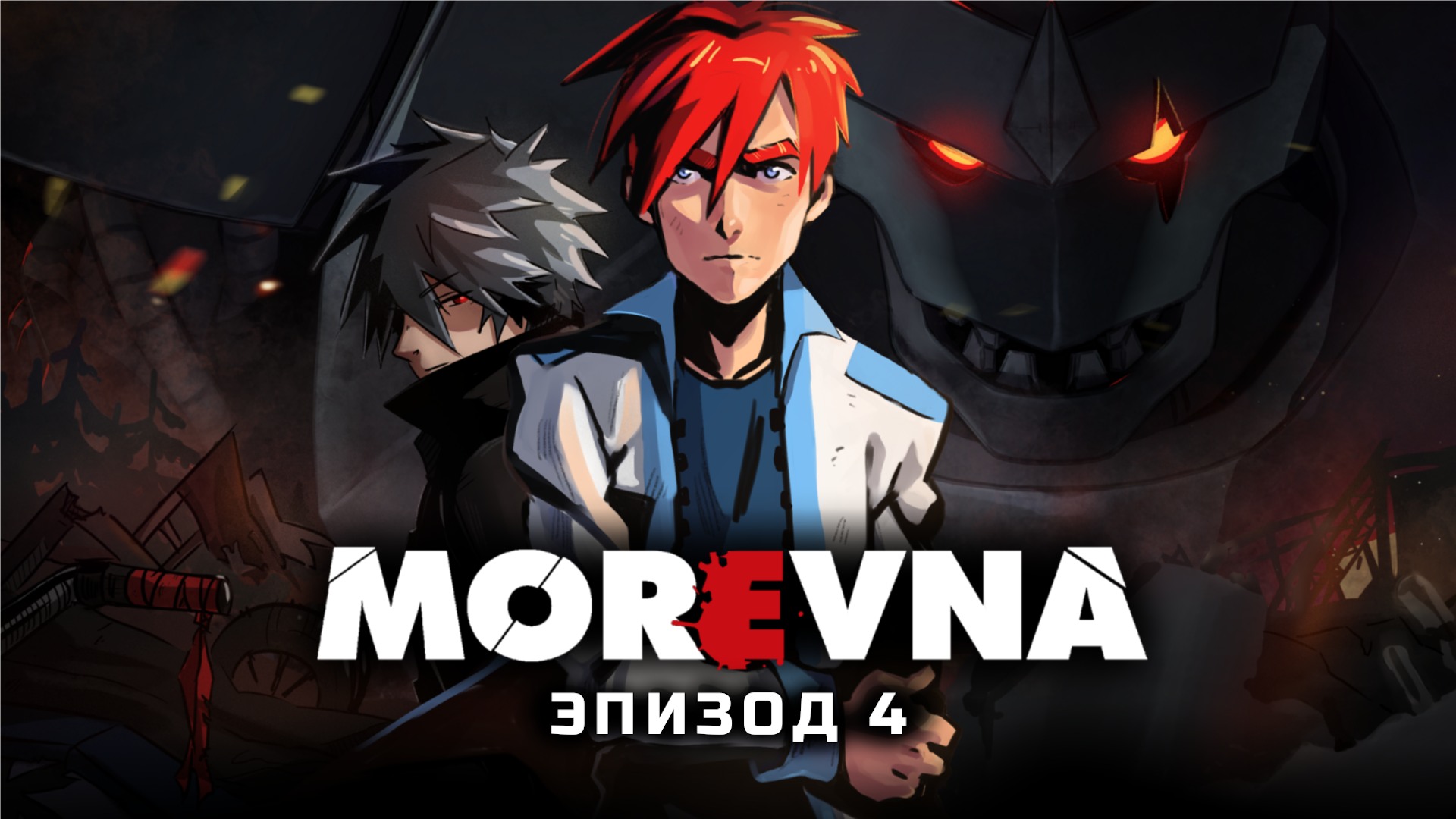
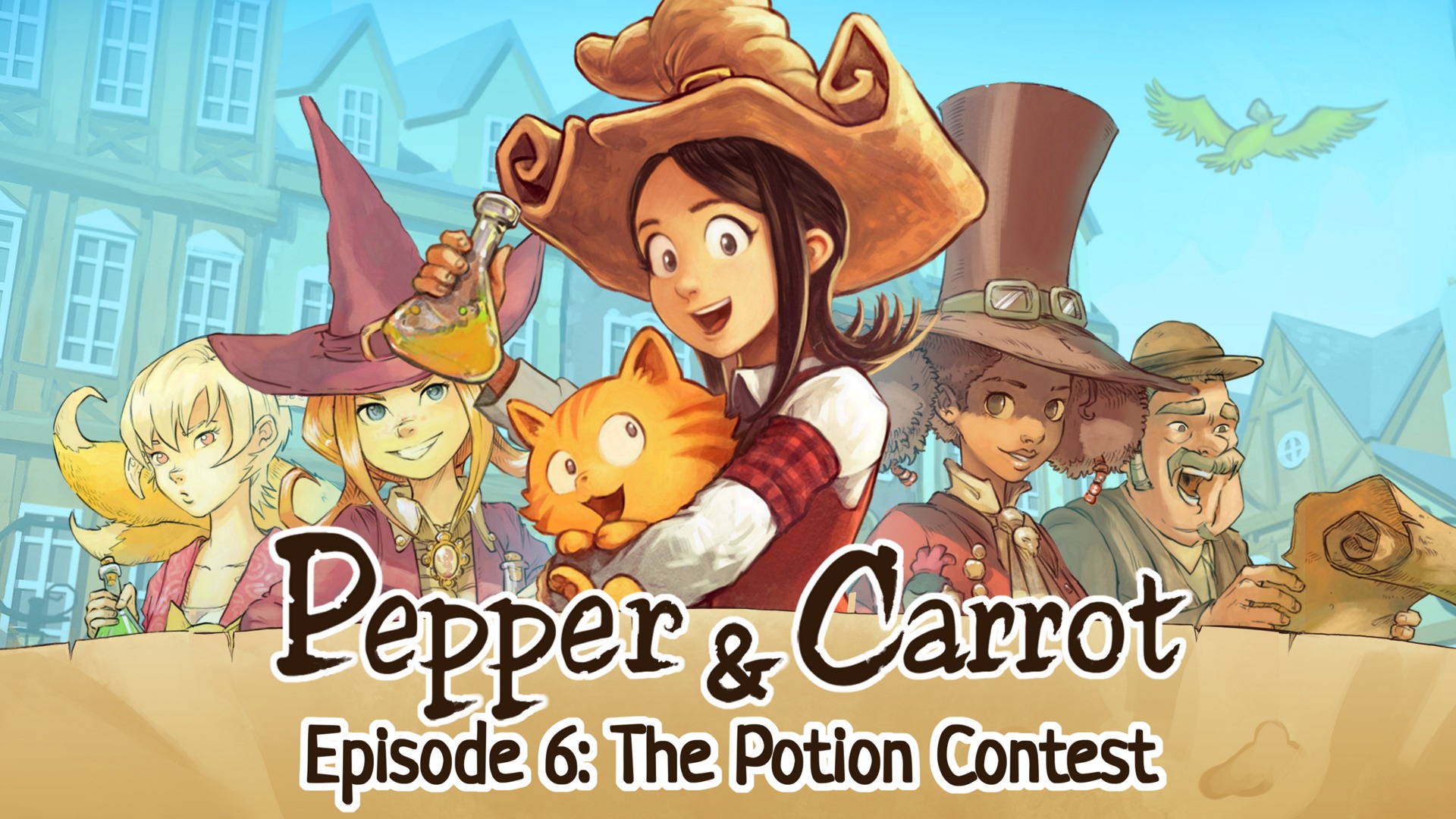
8 Responses
synfig’s interface terrible :/
Hello non! Please feel free to submit your ideas on how to make Synfig interface better here – https://github.com/synfig/synfig/issues ^__^
Wow, I’m really interested on using Synfig for independent production. I learned up by using Moho-AnimeStudio-Moho again, but when it comes to begin a serious work, oftenly small south-american animation teams (like mine) crash against the license’s wall. I guess the answer is yes, but I’d like to know if it is easy to migrate from the application I mentioned before to Synfig (in case you know it, of course).
I just want to put my 2 cents in. I’m a linux user and programmer/cartoonist with a degree in fine arts. Synfig is much simpler – as in straightforward -than Moho, which I don’t know well, sorry. It uses the sif and sifz (zipped sif) formats. It works with generic svg files – meaning if you want to import images while you can use any bitmap format for vector drawings it is recommended you do it through inkscape. It has an engineering interface which does make it powerful, but my recommendation is if you have an IT person around who can work with you, you might TRY it (and a high school kid will do as long as you can keep potentially him or her around for months and he or she has knowledge of GCC and/or Cocoa, though expert certification isn’t necessary). Otherwise don’t. I made the mistake of updating my system in the middle of a recompilation for my system (there aren’t any binary packages for it) and not starting over after the reboot. Result? It wants to run on the old system, and won’t run on this one. So I’ve started over. Even now these occasional gotchas happen to everyone I know. Again though, while it can do much that Anime Studio can it has a straightforward interface an engineer can appreciate. Re-using material – not so easy. You will have to also learn the basics of inkscape or start over, and for some things both.
Thanks John. I’m a graduated graphic designer, an autodidact cartoonist/animator and also a trainer. Now I’m working with kids who want to learn animation. We started a year ago with stop-motion techniques and now they want more (they always do, don’t they?). So, I have in mind a certain number of applications to teach them (and learn myself too) on how to work as a team. I wasn’t sure about what animation software should use, and now I know it for sure. Thanks again for using your time to answer.
Hello John. Thank you for detailed comment. Just want to mention that we provide binary AppImage packages of Synfig for Linux. I hope this will solve your problems with re-compilation. ^__^
Thank you, Sir. I’m sure you have better things to do than distro hopping. So, simply – while I freely admit I am willing to diss Synfig where appropriate (NEVER where people don’t know IT well enough to call me out on what I say), Linux is a family of Operating Systems, or rather a subfamily of the BSD family of Operating Systems. You can generally get a program optimized for one to run on another, but not efficiently.
Slackware, the distribution I settled on, is the basis for the first two iterations of the Dyne:Bolic media live-CD. While the third was Debian-based it’s worth pointing out what Slackware’s advantages are: first, its austerity leaves you more room in memory for data files. second packages which run on it tend not to define what your task is for you. Thus while Debian is easier to maintain and better for a commercial environment, Slackware is better if you wish to work things out on your machine. In other words I don’t just treat it as an adjunct to my sketchbook, I do the same things on mine (except drawing from live models) I do in my sketchbook.
Animation programs are hard, period. I appreciate the work you and your friends are doing to improve this, and I especially appreciate that the interface remains so straightforward (one reason I jumped from Freehand to Inkscape was because Adobe bought Freehand with Macromedia: Illustrator is abomination and Inkscape’s interface is SO muuch better). Movie projects get to be huge. Let’s face it. Since I never seem to get a computer costing more than about $400 USD I need efficiency.
I’ve run the app image on Mageia, Arch and Gentoo (which I stopped using in part because I couldn’t get the repository which has the Synfig ebuild onto layman). The lack of efficiency has inspired many colorful disses and curses. That’s why I recompile – and post successful builds and slackbuilds on my website.
I appreciate you work hard, but GNU/Linux is a FAMILY of OSes not an OS in and of itself. And when you work in the arts (especially if you are taught it is okay to not know what you are doing) your files can get huge, so you need the efficiency you get from customization.
That is why I recommend running Synfig the old fashioned way – with a programmer unless you are one.
Hello Fernando! I’m happy to hear you got interested in Synfig. From my point of view Synfig is not (yet) as feature rich as Moho, but it can do a good job for you as a free tool if you want to make a cut-out or vector animation. Here are a few examples:
– https://www.youtube.com/watch?v=lSL-NdoOLQc
– https://www.youtube.com/watch?v=ejE6CX8jZhI